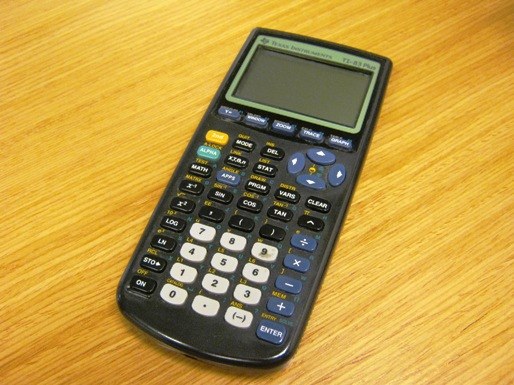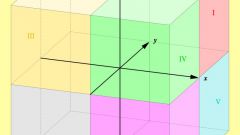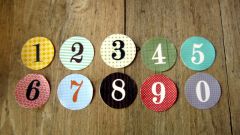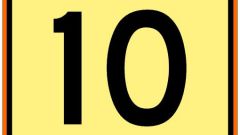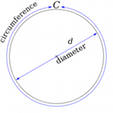The mantissa
The mantissa - part of the number represented by the floating-point format. The second part of this number is the exponent. In fact, it is the fractional part of the logarithm.
The mantissa is that it is a number that is the source of the logarithm. A part shows only the extent of ten or a trivial multiplier, then the mantissa shows what kind of number must be multiplied with a trivial multiplier that has the appearance of 0.001 or 100.
Exponential notation is in the following form: N = M*n^p, where a is a mantissa M. For example, you can take the number 3600 and submit it to scientific notation. Will look like this: 3600 = 3,6*10^3. Given the above, the mantissa will be a number of 3.6.
It is important to understand that the number with a floating comma, also has a changing absolute precision and a fixed relative accuracy. The use of floating point numbers is better than the representation of numbers with a fixed decimal point, as there is the possibility of using a large range of values, while the relative precision does not change. This will help to understand the following example: form with a fixed point, allows us to represent a number that is 2 digits after the decimal point and 8 digits in the integer part, in the form of 8765,43; 123456,78 and so on. If we take a format with a floating comma, it is possible to make the following entry: 1,2345678; 0,000012345678 and so on. However, in order to do so, it is important to have a two-digit optional field that allows to write the exponent of 10, starting from 0 and ending at 1610. The total number of bits is 10, i.e. 8+2.
The mantissa, for both negative and positive numbers, expressed in direct code. The difference in sign will be reflected only in the value of the iconic discharge. However, the mantissa cannot exceed unity. Usually the point in the mantissa is to the left of the high order. In order to obtain the true value of a number, multiply the mantissa by 16-in degree of order. The order obtained this way is called a characteristic. It turns out that the characteristic that is measured from 64, will be always positive.
In normal recording, the mantissa is always a proper fraction. Her entry in the cell is the same as a number with comma in a cell in the car. Fixed the comma before the first digit digital type.
The mantissa of number with a floating decimal point, expressed in hexadecimal digits, the decimal point lies to the left of the highest digit of the mantissa
Form of a mantissa
There are two forms, allowing to understand the application of the mantissa. First — normal form numbers. This form, which has a mantissa excluding the sign on pollinterval, that is, [0; 1) (0\le a<1). If the floating point number has a form, it loses its accuracy. However, this form has a disadvantage: there are numbers that can be written ambiguously. For example, the number of 0,0001 can be recorded not only in the form of 0,001 * 100, and its three forms.
The second, more common and accurate shape - normalized, where the mantissa of a decimal number has values from one (inclusive) to ten (not inclusive). Mantissa a binary number has a different value from one (inclusively) to two (non-inclusive).
